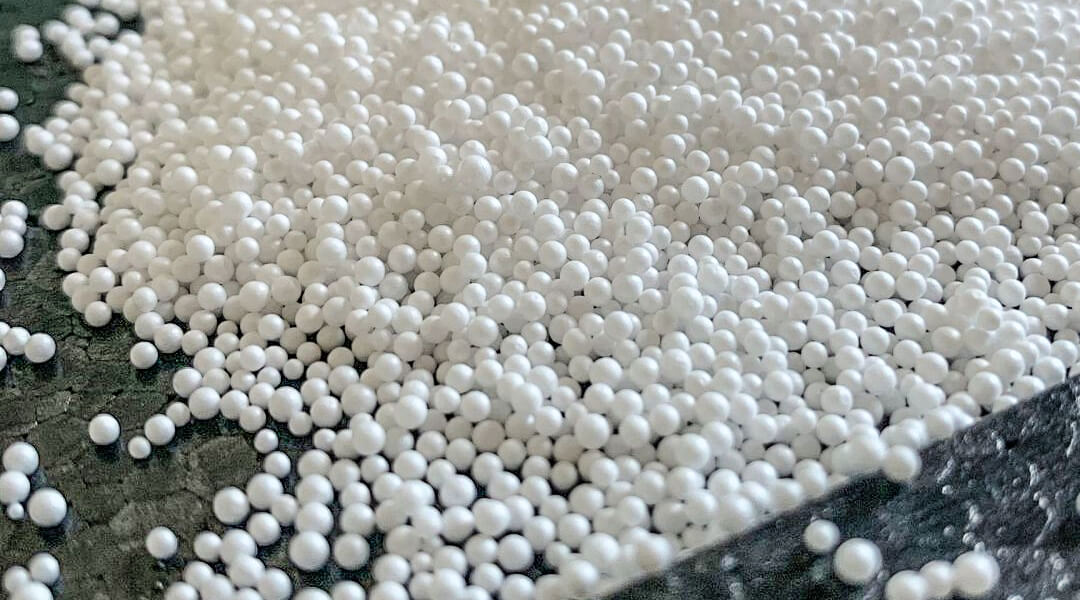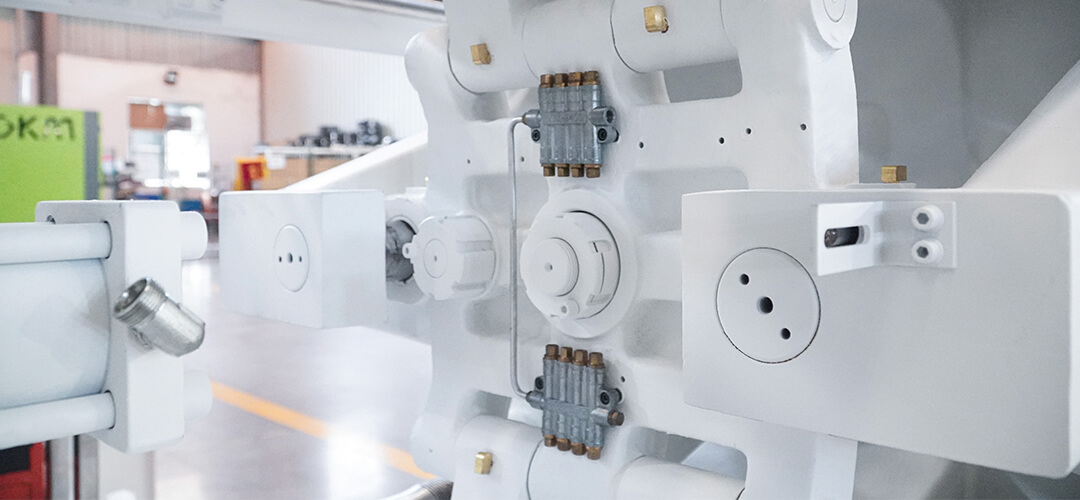

Injection molding is one of the most popular systems practiced in the injection molding industry through which fabricated plastic components are formed by instating the molten material into a mold. The process involves engaging an injection molding machine that is composed of a molding machine and at least one cavity where the material is injected. This relates to the time taken by the machine to complete a revolution and is extremely important in defining the output frequency of the production process. For that reason, it remains a crucial strategy to keep energy expenses at a bare minimum while at the same time enhancing cycle times. This is where engineers and molders have a special function in the enhancement of the injection molding and production effectiveness of the process.
This not only assists in cost cutting in terms of the injection molding process costs but also in energy costs as well. Moreover, cutting down the time and lead time with the help of automation and control increases the productivity and efficiency of energy consumption.
Get in touch with us right now to find out how the efficient injection molding process will enhance your production and cut down on your energy use and costs in manufacturing. We also know of new technologies like All Electrical machines and Hydraulic plastic injection molding machines that will minimize your energy consumption and maximize your production output to the set tolerance of the plastic parts.
The energy consumption in an injection molding firm is variable and can be controlled by the following factors. For instance, booting up a host machine of a new start-up may require a lot of power. Thus, conventional hydraulic systems are hardly efficient, as hydraulic implements continuously consume power. The utilization of servo motors is better though, in terms of energy consumption, as they use power only during operations. In addition, other processes in total production may also contribute to energy consumption, for example, heating of the barrel to melt the thermoplastic material.
The following are some of the best practices to reduce energy in the injection molding process. There is a chance to improve the control system of the machine to make it provide for the maximal flexible production. The other possibility is to isolate the barrel adequately so that heat is not easily conducted away from the barrel.

These elements show that proper selection of machines and careful maintenance of them are important strategies for decreasing energy consumption in the manufacturing sector. For instance, injection molding can be optimally used to enhance the parts created through 3D printing in the automotive industry. Thus, correct insulation around the barrel and nozzle helps a single machine cut down on energy consumption dramatically. Ensuring BPA’s continued progress of improvement, and further identifying production energy use, material flow, and shot size can influence energy utilization and cost reduction.
Training operators, particularly on maintenance injection molding machine practices and on how to operate the machinery properly are ways through which one can reduce defect, rework, and scrap rates. If the uptime of the iron is maintained and the process followed makes it repeatable, the whole production line can then use less energy and hence come at a lesser cost. Besides, regular overhauls of cooling systems and engraving machines would lead to conservation of energy particularly when dealing with a large turnover of merchandise with different chemical characteristics.
One of the most important elements of production is keeping the energy consumption at the lowest possible level, while maintaining production quality: achieving the latter requires the fine-tuning of the parameters of press tonnage and part size. The following are the advantages of applying lean manufacturing principles in business; The business cycle becomes efficient as supply chain and overburdens in the production process are eliminated. It also enhances the company’s profitability and at the same time increases the organization’s efficiency in using energy hence caring for the environment. Furthermore, after production, it is possible to apply further measures intended for recycling and reuse to reduce the extent of manufacturing effects on the environment.
The advantage of the use of renewable as well as biodegradable materials for injection molding is the environmental aspect that it has. The organic type of materials that can be recycled or which will decompose in a given period can be used in organizations and this will help in reducing the emission of greenhouse gases. In addition, such materials result in the reduction of energy needed in the manufacturing process as well as energy used in processing them for use.
The duration of the injection molding process and type of the material that is used in the process can directly affect energy consumption. Simple things such as the type of materials and the cooling conditions of the injection ports also influence the energy usage of the injection machine. Because the choice of the raw materials to be processed affects the energy required to process it, the selection affects not only the firm’s costs but also the impact on the natural environment. Also, choosing lighter material enables the company to reduce transportation energy, hence; decreasing the total energy used in manufacturing and consequently decreasing the total carbon footprint.

Energy management of injection molding includes close monitoring to ascertain energy usage as a way of increasing efficiency. This is particularly important when using energy because manufacturers have to know where they are using energy most and within what processes they can implement measures that will help them use less energy. This not only serves to decrease the operating costs but it also aids the sustainability cause reducing the carbon emission involved in plastic manufacturing. Some of the gadgets that can be used in measuring energy consumption during the operation of the injection machine during the plastic molding include energy meters and software systems. They give current values of energy consumption, and the values can be analyzed for time trends to help manufacturers take appropriate measures to reduce energy wastage.
The issues that are highlighted in the article entail understanding the relevance of plastic molding in the current world of manufacturing, the uses of injection molding efficiency, and the viable chance of using energy-efficient practices to shed off cost.
It is about time that manufacturers implement energy efficiency practices in their plastic injection molding business. Implementing sustainable measures and incorporation of the technologies save energy hence probing to be more profitable for the companies in the long run.
